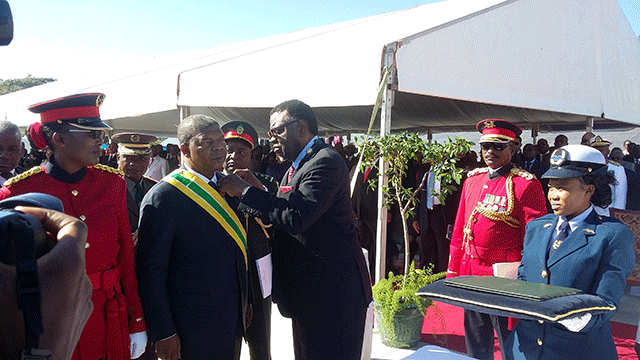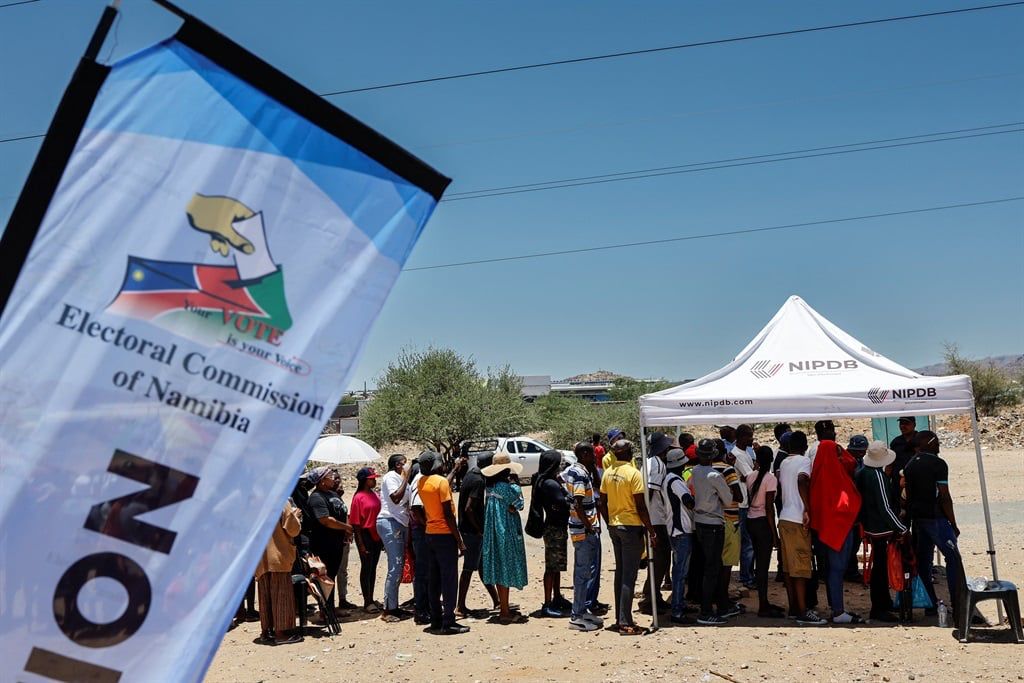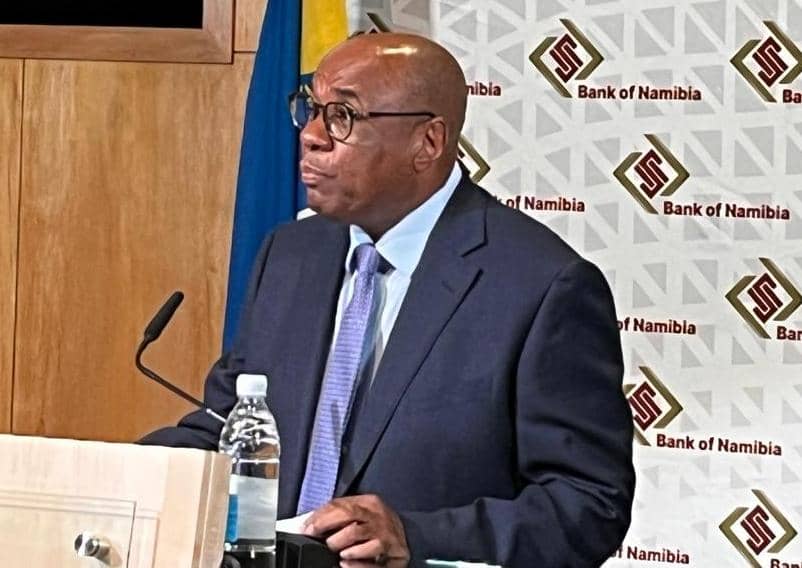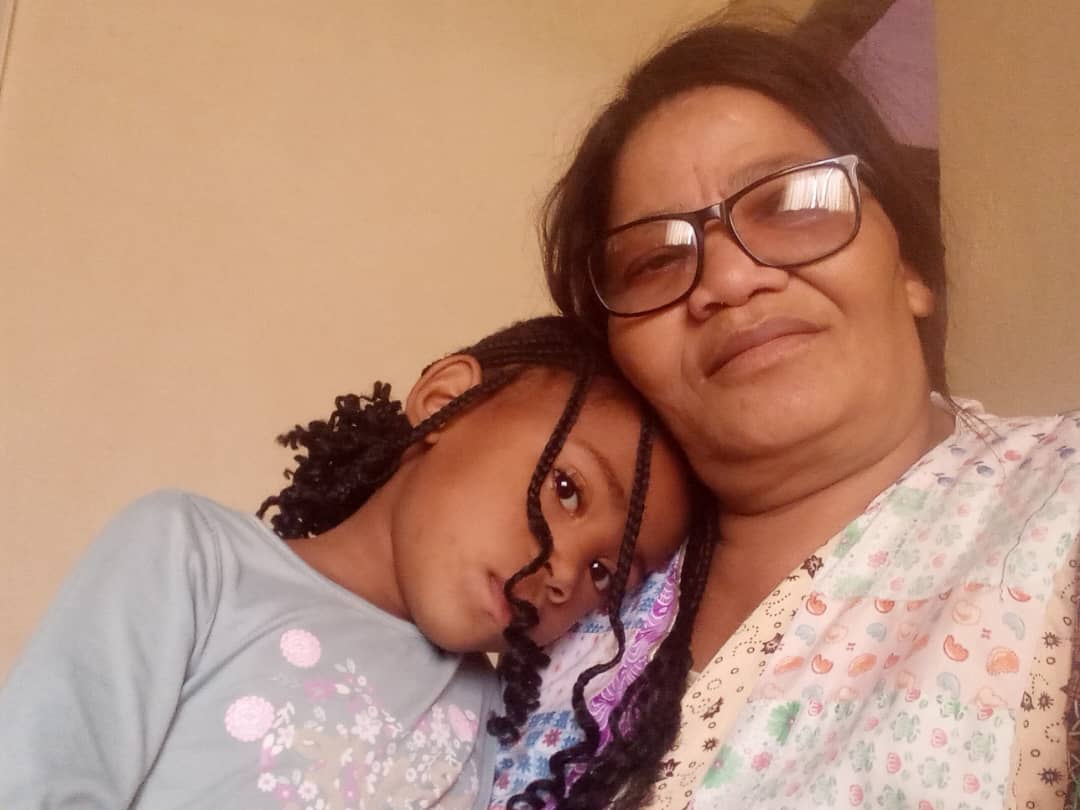NAMIBIA and Angola have signed agreements to co-finance the construction of monuments at the Cassinga and Xetequela refugee camps, as well as to develop the “Iona Skeleton Coast Transfrontier Park”.
The agreements were signed last week during the state visit of Angolan president Joao Lourenco to Namibia.
President Hage Geingob said the two sites [Cassinga and Xetequela] “are symbols of the blood, sweat and tears which water the historic and permanent bond between our two countries”.
Plans to construct monuments at these sites go back to 2012 when the government expressed intentions to build a N$60 million monument at Cassinga.
However, reported last week that these plans failed to take off because of bureaucracy.
Both presidents, however, refused to reveal the amount of money involved in the project, giving assurances that the monuments would be constructed.
Geingob added that the “Iona Skeleton Coast Transfrontier Park” cooperation agreement would facilitate effective ecosystem management along the Skeleton Coast.
The agreement will also help develop and implement programmes that will enhance the sustainable use of natural and cultural heritage to improve the livelihoods of local communities within and around the coastal borders, the President said.
Apart from the two agreements, Namibia and Angola already have several other cooperation agreements in various areas, such as energy, education, health, trade, environment, the Baynes hydropower project, currency conversion, tourism and agriculture.
“Our shared history and sense of kinship is the foundation upon which we have built our solid bilateral relations, which in turn informs our bilateral cooperation and strong commitment towards the improvement of our economies and living standards of our people,” Geingob said.
He added that plans were also at an advanced stage for Air Namibia to increase routes to Angola by flying to Ondjiva, Lubango, Namibe and Benguela.
President Lourenço said during the signing of the agreements that he wants the ministers and business people of the two countries to start engaging each other and identifying areas of cooperation to enhance trade and economic relations.
“We need to discuss how we can utilise the agreements that we have already signed between our two countries in areas such as roads and railways, energy and other projects that have been identified but not implemented, to improve trade between our countries,” he stated.
Namibia commemorates Cassinga Day on 4 May every year in memory of the over 600 defenceless Namibians, mostly women and children, who were mercilessly attacked and brutally massacred by the apartheid South African Defence Force at Swapo’s base at Cassinga in 1978.
On Friday, hundreds flocked to Heroes Acre in Windhoek to honour the heroes and heroines who died in that massacre.
The Angolan president was the guest of honour at the event.
During the commemoration of the massacre, President Geingob said “the physical and psychological scars left by this hellish attack continue to haunt us to this day. Angola, Cuba and Namibia paid the ultimate sacrifice”.
“We thank our most faithful friends for their support, which has resulted in the attainment of our rights and sovereignty, and the achievement of total and complete independence,” Geingob added.
The President also conferred the Order of the Most Ancient Welwitschia Mirabilis First Class award on president Lourenço.
The Angolan leader then witnessed the renaming of Snyman Circle in Auspannplatz to Dr Agustino Neto Square.
President Geingob said the renaming of the circle was done in honour of the founding president of Angola for his contribution in shaping the current political environment on the African continent, and especially his role in the struggle for Namibia’s liberation.
“This is in continued recognition of this revolutionary and visionary son of Angola, who had the foresight and courage to support the total liberation of southern Africa,” he said.
Geingob added that Angola’s first president left no doubt that the Angolan people’s will to spearhead the fight against colonialism in southern Africa would succeed, when he said: “Angola shall be on its own will a revolutionary trench in Africa to Namibia, Zimbabwe and South Africa in the continuation of our struggle”.
Stay informed with The Namibian – your source for credible journalism. Get in-depth reporting and opinions for
only N$85 a month. Invest in journalism, invest in democracy –
Subscribe Now!










